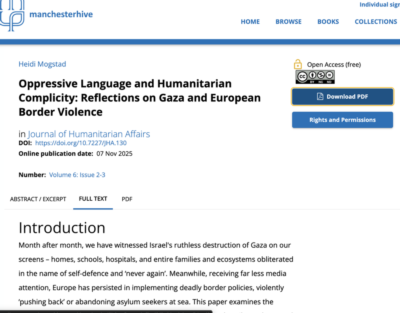Cost-effectiveness of a combined intervention of long lasting insecticidal nets and indoor residual spraying compared with each intervention alone for malaria prevention in Ethiopia
Background
The effectiveness of long lasting insecticidal nets (LLINs) and indoor residual spraying (IRS), for malaria prevention, have been established in several studies. However, the available evidence about the additional resources required for a combined implementation (LLIN + IRS) with respect to the added protection afforded is limited. Therefore, the aim of this study was to compare the cost-effectiveness of combined implementation of LLINs and IRS, compared with LLINs alone, IRS alone, and routine practice in Ethiopia.
Methods
The study was performed alongside a cluster randomized controlled trial of malaria prevention conducted in Adami Tullu district, in Ethiopia, from 2014 to 2016. In addition, literature-based cost-effectiveness analysis—using effectiveness information from a systematic review of published articles was conducted. Costing of the interventions were done from the providers’ perspective. The health-effect was measured using disability adjusted life years (DALYs) averted, and combined with cost information using a Markov life-cycle model. In the base-case analysis, health-effects were based on the current trial, and in addition, a scenario analysis was performed based on a literature survey.
Results
The current trial-based analysis showed that routine practice is not less effective and therefore dominates both the combined intervention and singleton intervention due to lower costs. The literature-based analysis had shown that combined intervention had an incremental cost-effectiveness ratio of USD 1403 per DALY averted, and USD 207 per DALY averted was estimated for LLIN alone. In order for the ICER for the combined intervention to be within a range of 1 GDP per capita per DALY averted, the annual malaria incidence in the area should be at least 13%, and the protective-effectiveness of combined implementation should be at least 53%.
Conclusions
Based on the current trial-based analysis, LLINs and IRS are not cost-effective compared to routine practice. However, based on the literature-based analysis, LLIN alone is likely to be cost-effective compared to 3 times GDP per capita per DALY averted. The annual malaria probability and protective-effectiveness of combined intervention are key determinants of the cost-effectiveness of the interventions.
https://doi.org/10.1186/s12962-018-0164-1








